Who doesn’t want firmer, tighter skin? These days, you really don’t have to go under the knife and get a full-on facelift to tighten up your face. There are many fantastic aesthetic treatments out there that are either non or minimally invasive, and produce excellent results. Best of all, these treatments can also be great for combating earlier signs of aging, and we all know that prevention is better than the cure. Let’s look at the top five skin tightening treatments to consider if you feel it’s time to tone up your face.
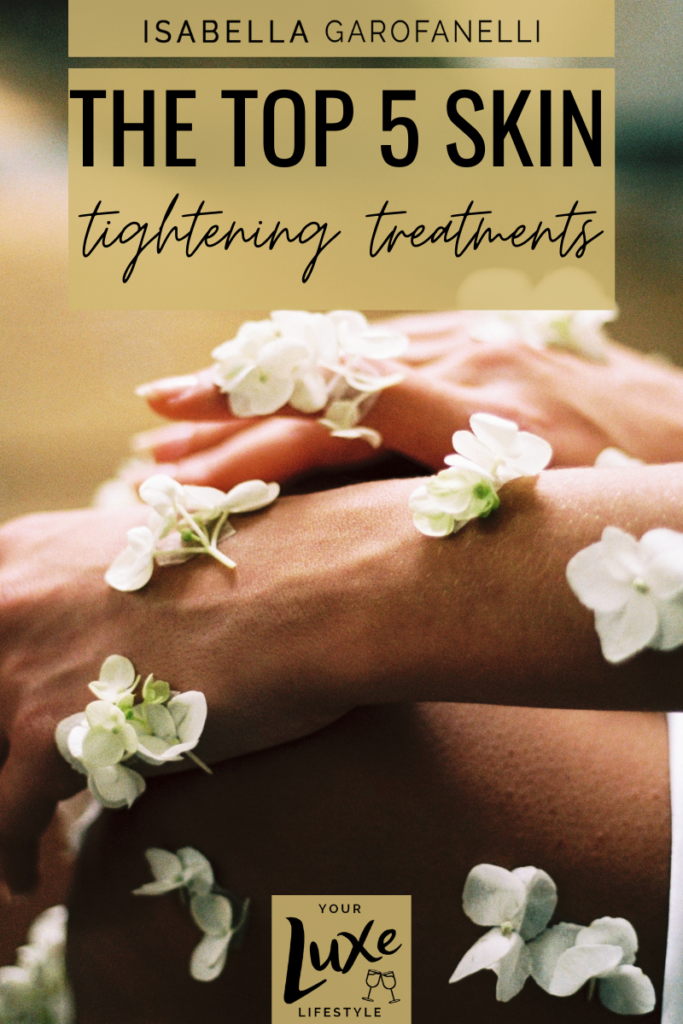

1) PDO Threads
PDO threads are super safe, minimally invasive and can produce some incredible skin tightening results. A doctor will insert absorbable, surgical-grade polymer threads – which have been used in cardiothoracic operations since the 1980s – into your skin and pull them upwards to lift and tighten your face.
What’s great about this treatment is that it can be customized to perfectly suit your aesthetic goals. PDO threads can be used for a full-face treatment or to target certain areas. Many older people turn to this procedure to target their jowls, whilst young celebrities have been using it to achieve a supermodel-worthy cat-eye look. It can also be used to rectify crows’ feet, marionette lines and sagging cheeks or neck.
You’ll see instant results, but the effects will continue to improve as the threads stimulate collagen and elastin production, so your face will get tighter day by day.
The treatment itself only takes around 15-30 minutes and the aftercare is fairly straightforward. You may feel some slight discomfort for a few days and there could be some bruising. You should avoid makeup for at least one day after the procedure, and be very gentle with application if you do decide to use it in the following days.
For 2-3 Weeks, Be Sure to Avoid…
- Sleeping on your side or stomach, as this can worsen bruising and interfere with your results
- Facial treatments or massages
- AHA and BHA exfoliants
- Retinol/retinoids
- Alcohol
- Smoking
- Any activities that may cause you to overheat, including intense exercise, saunas, steam rooms and tanning beds. Keep your baths and showers lukewarm, too.
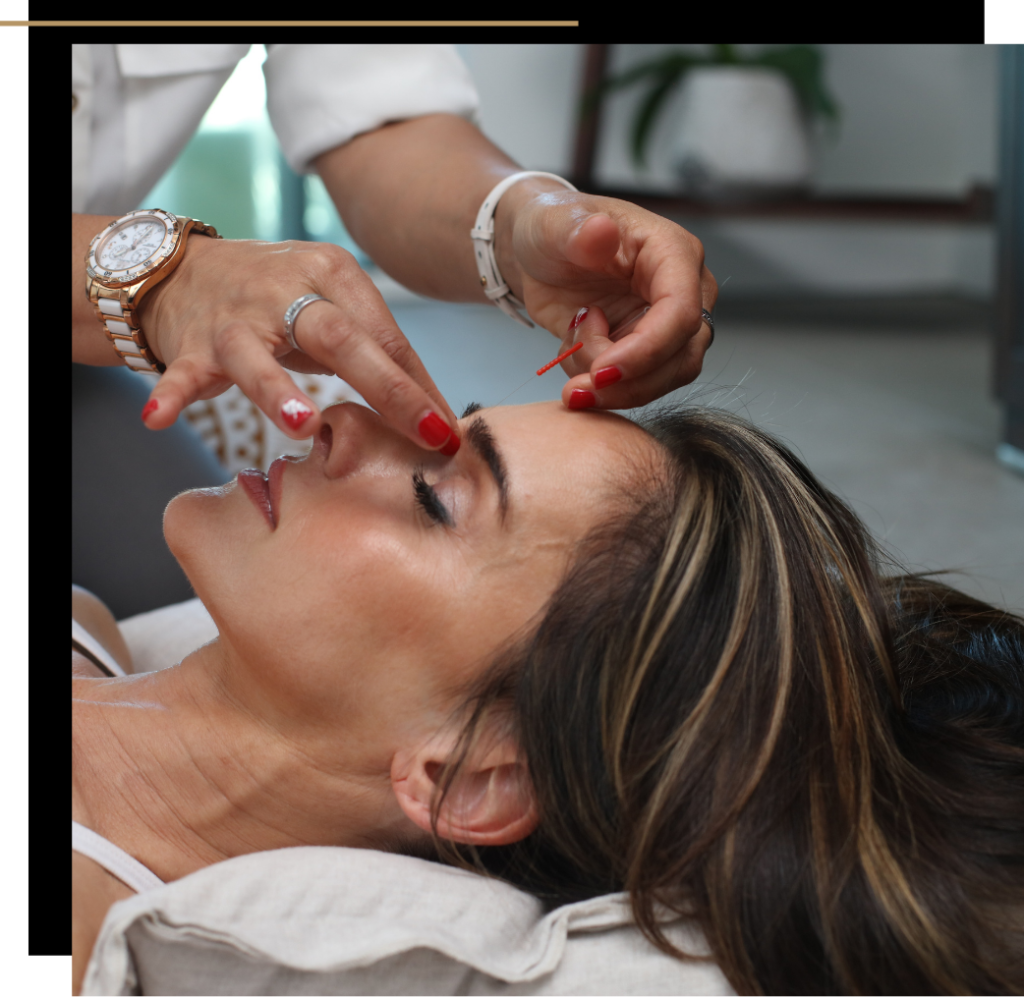

2) Ultherapy
Ultherapy skin tightening uses high frequency ultrasound waves to lift and tighten the skin. It’s a one-time, noninvasive treatment which is great for the face, brow, neck, chin or decolletage.
The ultrasound waves go deep below the skin and heat the deepest layers to kick start collagen production. Effectively, this procedure lifts your face from the inside out. This procedure creates impressive yet very natural-looking results which only improve over time.
The treatment takes between 30-60 minutes and there’s no downtime afterwards. In fact, you could even do it during your lunch break and then go straight back to work. At worst, your skin may be mildly red and tender afterwards.
After ultherapy, you should avoid strenuous exercise for two days, and go without sunbeds or saunas for two weeks. It’s also best to avoid blood-thinning medication.
The results of ultherapy continue to improve for three months, so don’t go running straight back to the aesthetician for fillers or another tightening procedure until then.
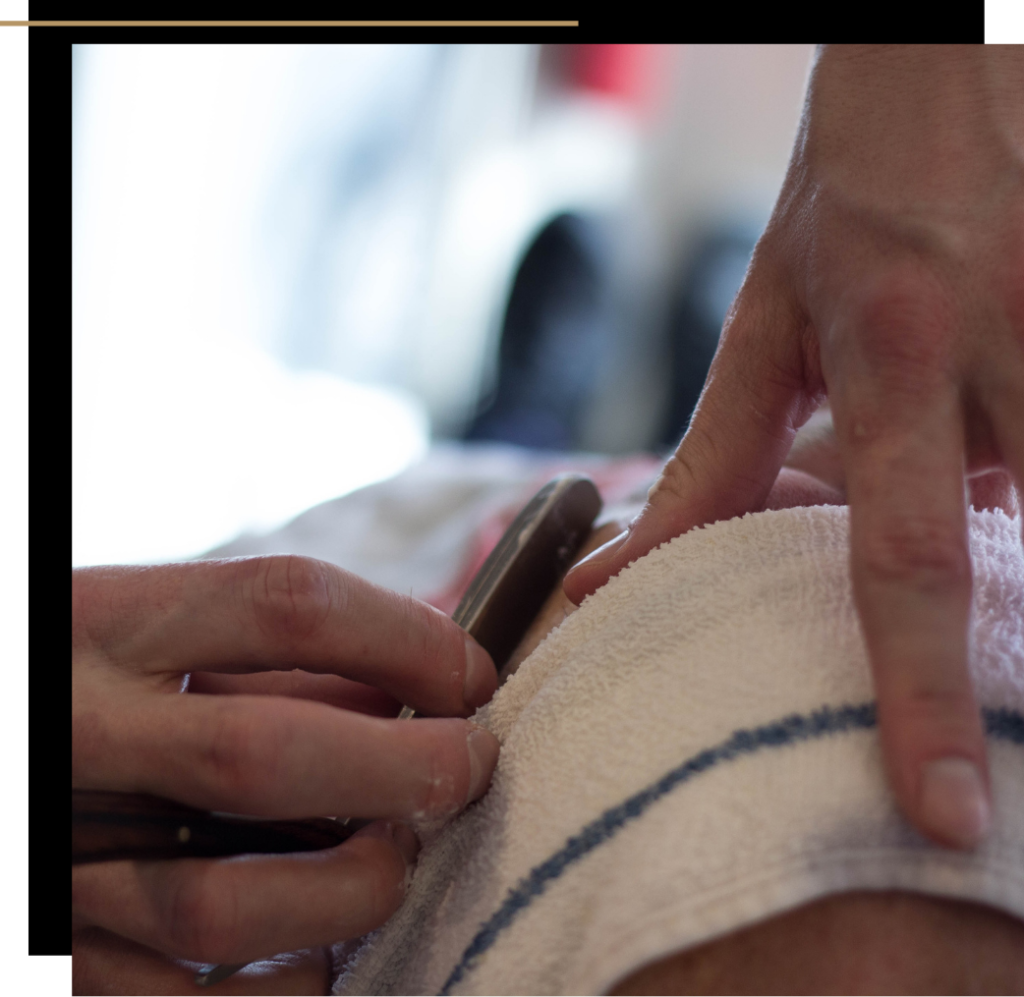

3) Radiofrequency
Radiofrequency skin tightening uses energy waves to heat your skin and stimulate the production of heat-shock proteins. This, in turn, increases collagen production resulting in firmer, tighter and more supple skin. It may sound similar to ultherapy, but radiofrequency machines tend to focus more on the surface layers on the skin. This procedure is more about smoothing out the surface than lifting from deep within. Therefore, it may be more suitable for slightly younger patients with fine lines, but no dramatic sagging. It can also be helpful for hyperpigmentation issues, too.
Furthermore, radiofrequency is a popular facial slimming treatment which again may help you to achieve a more contoured look. One study on middle-aged Asian women found that radiofrequency treatments reduced facial fat in over 90% of participants. Whilst more diverse research is necessary, these results are certainly promising.
The aftercare for radiofrequency is simple. There’s no downtime required, but you should avoid alcohol and exercise for 48 hours, and wait for at least five hours before washing your face. In the days that follow the procedure, be sure to use a gentle cleanser, non-irritating moisturizer and of course, a high factor SPF lotion.

4) Microcurrent Facials
Microcurrent facials are an electrifying new beauty trend that you can either have at an aesthetician or perform yourself at home!
During this treatment, a conductive gel is applied to your skin before a microcurrent device is used to deliver a low-voltage current to your face. This contracts your muscles to stimulate growth and also boosts collagen and elastin production. Your face will instantly look tighter and more defined, and the results will improve over time as increased collagen production plumps up your skin. On top of this, microcurrent facials also increase cell turnover which, over time, can improve the appearance of fine lines, acne scars and sun spots.
Best of all, there’s really no pain or downtime after this treatment! However, you don’t want to ruin your results with sun exposure, so be sure to continue to wear facial SPF lotion daily and reapply every 1-2 hours when you spend time outdoors.
These are the most popular and effective microcurrent facial devices on the market right now.
For more on microcurrent facials, be sure to read my full article on this topic here.

5) Microneedling/Dermarolling
Again, you can have this procedure in an aesthetician’s office or at home.
This treatment involves using a small wheel with hundreds of tiny needles to cause microtraumas to your skin. These microscopic punctures trigger your body’s natural healing response and dramatically boosts collagen and elastin production and cell turnover, resulting in firmer, tighter skin and a more even complexion.
The longer the needle, the more dramatic the results. Naturally, however, the risk increases, too. 0.5mm is the optimum length to choose if you want to try microneedling at home because it will produce great results but the risk of damaging your skin is low. This is perfect if you want to use dermarolling to prevent early signs of aging or for a slight touch-up.
However, if you seek more dramatic results, head to a licensed aesthetician who will be able to safely use a longer needle.
Straight after the procedure, you or your aesthetician will apply a serum to your skin. The serum will penetrate more deeply than usual due to the microtraumas. The right one for you depends on your specific skin goals, but avoid irritating ingredients like fragrance or alcohol.
After microneedling at home, I tend to opt for the Vichy LiftActiv serum as it’s super gentle and hydrating, with volcanic minerals to fortify the skin’s natural barrier.
The intensity of the after-effects depend on your individual skin type, but the effects tend to increase along with the needle size. Personally, I always feel as though I have a mild sunburn for a few hours after microneedling. Redness, sensitivity and dryness are normal, so be sure to use a heavy duty moisturiser to rehydrate your skin.
For a more in-depth explanation of microneedling and a step-by-step guide on how to do it at home, then check out this article.
So there we have it – the best skin tightening treatments out there! The best one for you varies on your specific goals and skin type, and I recommend speaking to your aesthetician if you’re unsure.

If you enjoyed this article then don’t miss the following:
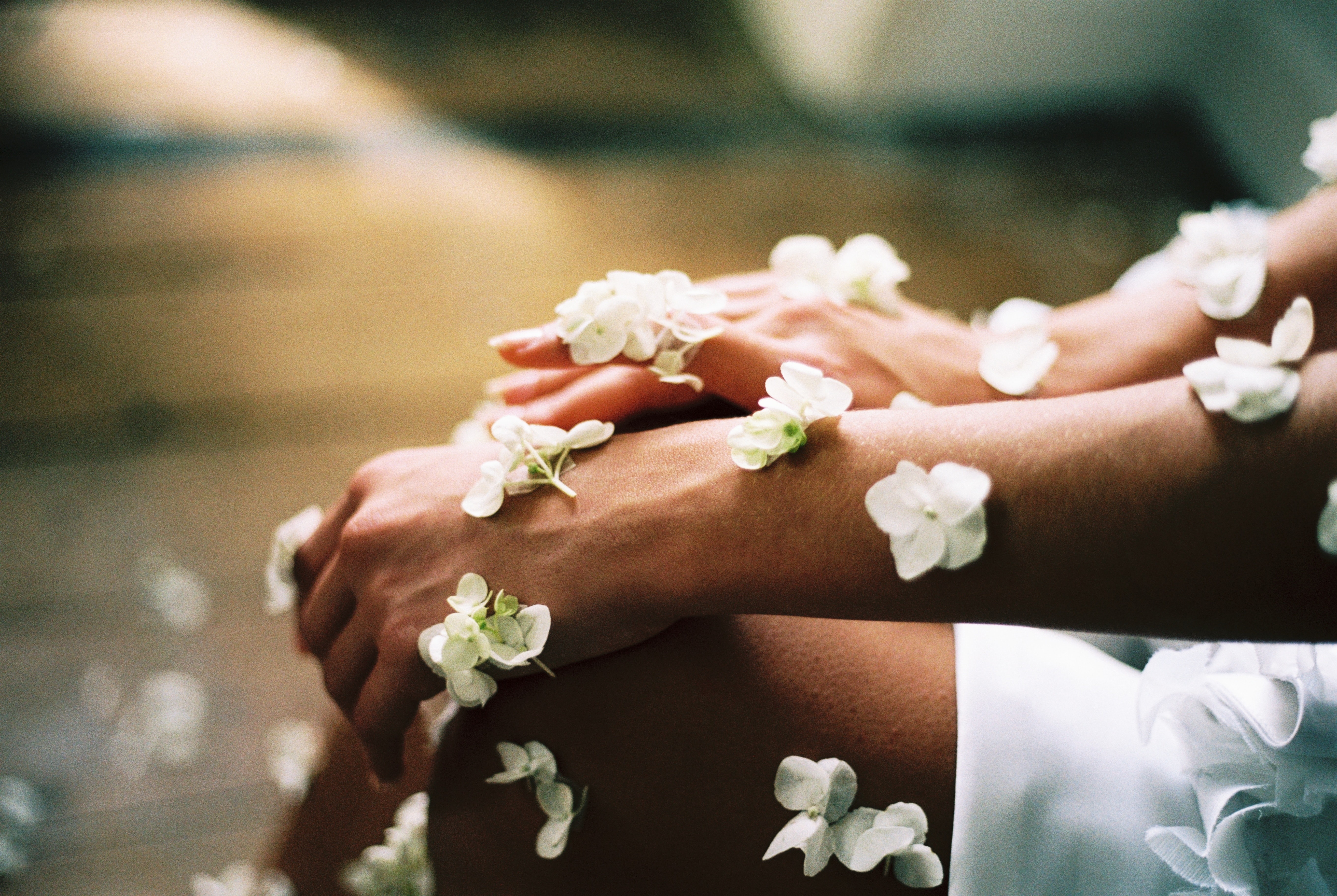


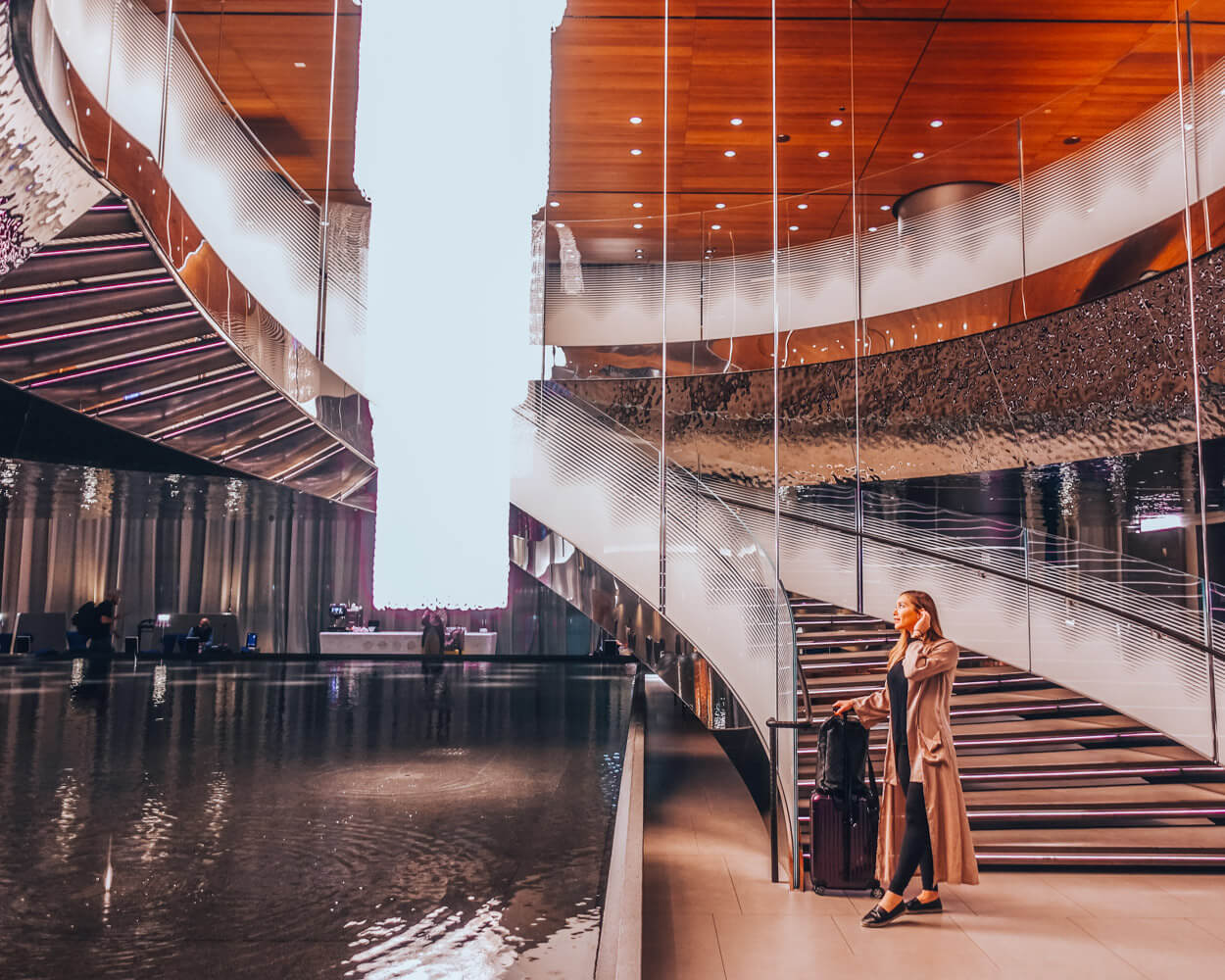
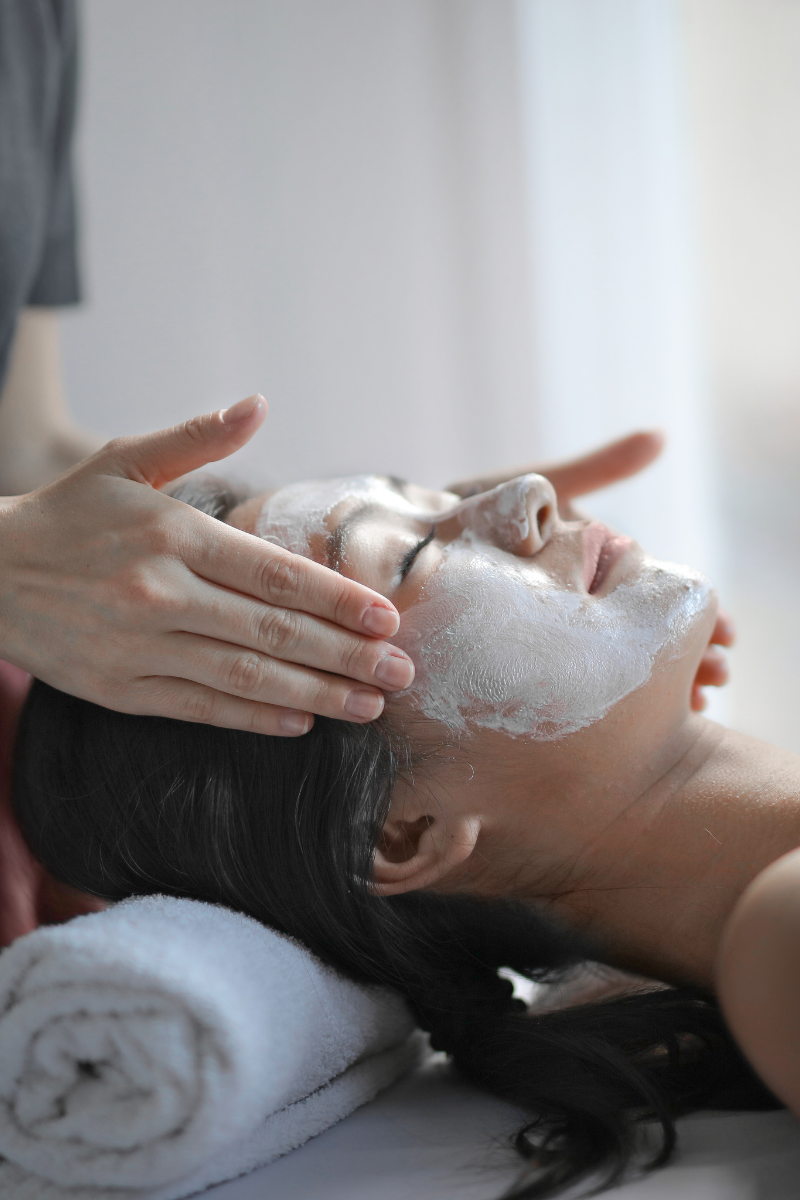
[…] more on non-invasive beauty treatments, check out the top 5 skin tightening treatments or this guide to caring for your face after a chemical […]
[…] instantly deliver tighter looking skin, so it’s a great option if you’re not quite ready to try a skin-tightening treatment […]